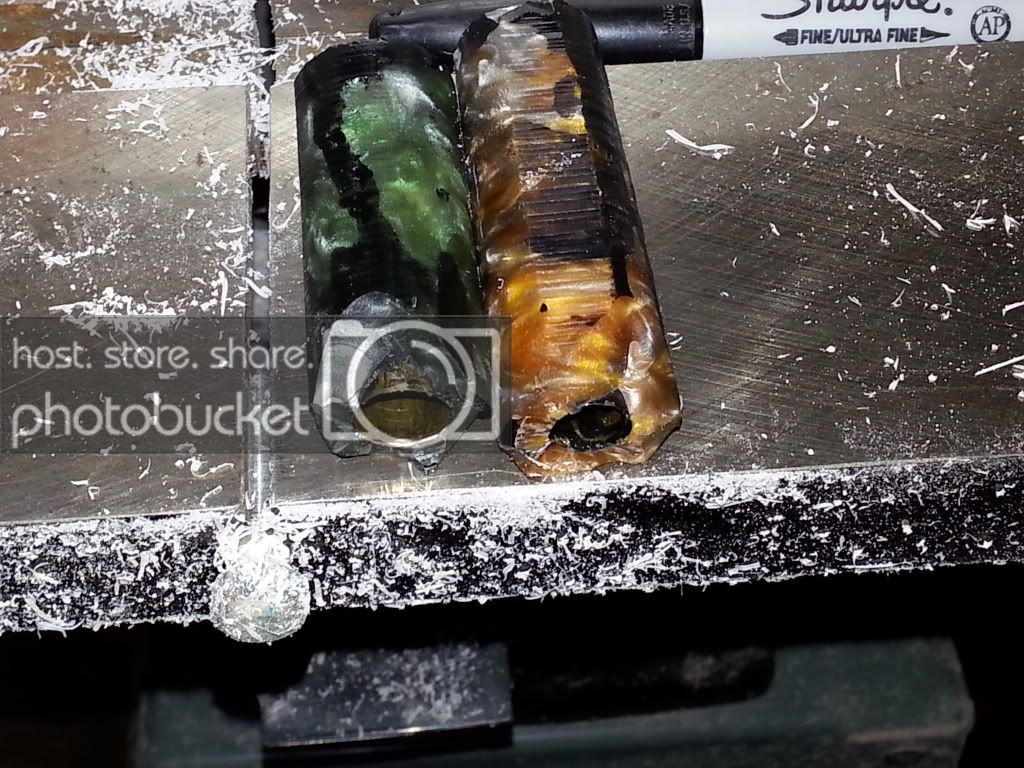What's really important is the speed of the reaction. The amount of hardener is only part of the equation. Other variables include ambient temperature, resin temperature, thickness of the pour, and any additives (including promoters mixed in by the manufacturer, thinners and thickeners such as styrene and silica, and especially colorants).
There is a minimum amount of hardener (e.g. MEKP) needed. It supplies the oxygen atoms needed to crosslink the polyester chains for a strong crystal. Beyond that, additional hardener accelerates the reaction. MEKP is typically added to PR at 1%-2% by volume. For our casts, 1% is a good starting point.
The resin is meant to be used at around 70 Degrees Farenheit. Above 80 degrees, the reaction will happen more quickly. Below 60, the reaction rate will be retarded. The curing process is exothermic, so it will generate heat as it goes. The thicker the cast, the more heat it will retain, and the faster the reaction will proceed.
Most dyes and pigments made for PR will either not affect reaction rate, or will retard it. More hardener, higher temperature, or more time will be needed to cure.
Generally speaking, if the cure is fast or the temperature is high, then the cast will be more brittle. Also, if the temperature is high, you'll get more shrinkage when the cast cools.
4 drops of MEKP per ounce of Silmar 41 is a reasonable amount and shouldn't lead to brittle blanks. If, however, you heat the resin or put it in an oven to cure, that might.
I hope that helps,
Eric


